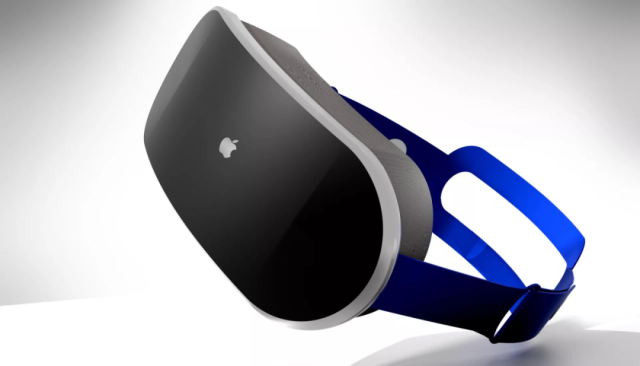Pay with your eyes? Apple’s AR/VR headset is rumored to have iris scanning
137
On October 15, according to two people familiar with the matter, Apple’s augmented reality/virtual reality (AR/VR) headset will have an iris scanning function to quickly log in to accounts and make payments, which will be different from Facebook’s parent company Meta’s new launch VR headset Quest Pro.
The two people, who apparently helped develop Apple’s device, say the iris scanning function is similar to Face ID and Touch ID on the iPhone, allowing users to use their iris to authenticate payments without entering a passcode. In addition, iris scanning can also make it easier for multiple people to use the same headset, something that is not currently available on the Quest Pro.
By utilizing the integrated iris biometric sensor, Apple helmets will be able to detect a user’s identity by scanning their eyes and automatically log in to the correct user account.
To enable iris scanning, an internal camera tracks the user’s gaze. Eye tracking also allows Apple to reduce the image fidelity of the user’s peripheral vision, thereby reducing the processing power required for headset graphics. Apple is said to have been able to develop the technology by acquiring German startup SensoMotoric Instruments in 2017.
The source also reiterated that Apple’s AR/VR headset will feature 14 cameras, compared to the 10 on the Meta Quest Pro, which are designed to capture motion to accurately represent real-world action on digital avatars. In addition, Apple’s helmet will use a similar chip to the M2 in the latest MacBook Air.
There are also two downward-facing cameras on the Apple headset that will be used to capture the user’s leg movements, providing another feature that the Quest Pro doesn’t have.
The Apple helmet, which allegedly looks like ski goggles, doesn’t appear to be much different from the Quest Pro. Apple’s design relies on “mesh fabric, aluminum and glass,” though, looks more premium, and hides the external camera better than the Quest Pro. The device is also noticeably thinner and lighter than the Quest Pro, which weighs 722 grams.
In addition, reports suggest that Apple’s AR/VR headset is also more friendly to people wearing glasses, allowing them to secure prescription lenses with magnetic clips inside the device.
On the outside of the helmet, there’s also said to be an outward-facing display that lets others see the user’s facial expressions. Some people worry that it may affect the battery life of the device, but it can run at a lower refresh rate to save power, similar to the Apple Watch and iPhone’s always-on display.
Apple’s AR/VR headset is expected to be released in 2023, but the project has been in development for years and its release date has been pushed back several times. The device is rumored to cost $3,000, double the price of the Quest Pro. The Quest Pro itself is classified as a high-end professional device, not a mass consumer product.
Apple and Meta are gearing up to compete in the AR/VR space. While Meta has been in VR for seven years, Apple has an even bigger advantage in AR. Meta has a head start in developing software for immersive VR, but it’s nowhere near as experienced as Apple in developing hardware products
